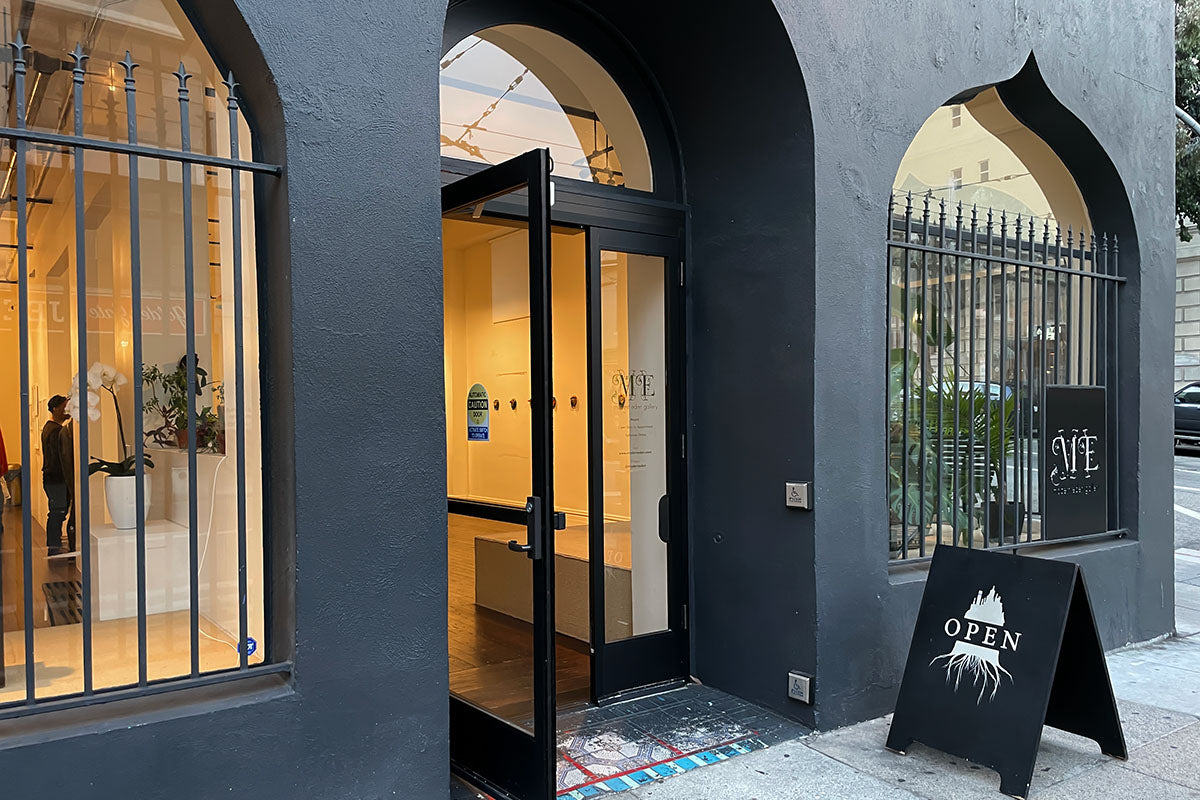-
- 12 X 12 inches
- © 2015
- Oil on Birch Panel
- Framed to 17.5 X 17.5 inches
-
Storybook: The Story of Ferdinand by Munro Leaf | The Story of Ferdinand (1936) is the best known work written by American author Munro Leaf and illustrated by Robert Lawson. The children's book tells the story of a bull who would rather smell flowers than fight in bullfights. He sits in the middle of the bull ring failing to take heed of any of the provocations of the matador and others to fight.
The book was released nine months before the outbreak of the Spanish Civil War, and was seen by many supporters of Francisco Franco as a pacifist book. It was banned in many countries, including in Spain. In Nazi Germany, Adolf Hitler ordered the book burned, while Joseph Stalin, the leader of the Soviet Union, granted it privileged status as the only non-communist children's book allowed in Poland. India's leader Mahatma Gandhi called it his favorite book.
Leaf is said to have written the story on a whim in an afternoon in 1935, largely to provide his friend, illustrator Robert Lawson (then relatively unknown) a forum in which to showcase his talents.
The landscape in which Lawson placed the fictional Ferdinand is more or less real. Lawson faithfully reproduced the view of the city of Ronda in Andalusia for his illustration of Ferdinand being brought to Madrid on a cart: we see the Puente Nuevo ("New Bridge") spanning the El Tajo canyon. The Disney movie added some rather accurate views of Ronda and the Puente Romano ("Roman bridge") and the Puente Viejo ("Old bridge") at the beginning of the story, where Lawson's pictures were more free. Ronda is home to the oldest bullfighting ring in Spain that is still used; this might have been a reason for Lawson's use of its surroundings as a background for the story.
-
Isabel Samarasʼ work is a form of visual storytelling that is witty, mysterious, and tender. Her painted narratives are classical in technique and pop in content, revolving around issues of secret love, unrequited lust and making things end the way we wish they would. Best known for lush and meticulously painted riffs on Old Masters that send up pop culture icons of the '70s, her ribald images are woven with references to classic horror movies, ancient mythology, cheesy television, and childhood fables.
Familiar to a broad audience through publications like Juxtapoz and International Tattoo Art magazines, her work has also been featured in books such as 20th Century Women Artists, Pop Surrealism: The Rise of Underground Art, Weirdo Deluxe: The Wild World of Pop Surrealism and Lowbrow Art‚ and her monograph titled On Tender Hooks: The Art of Isabel Samaras. She opened her studio to the television shows Internet Tonight‚ SexTV, and the documentary films‚ The Lowdown on Lowbrow and Newbrow: Contemporary Underground Art.
Comparing her work to postmodern painting, one critic writes: “Samaras has created a truly populist art. Fairy tales, magical realism, and the forbidden fantasies of fabled characters present a world where elusive desires become reality. She often re-imagines gothic romances with happy endings, and ill-fated journeys turn into enchanted honeymoons. Tinged with mischief, she invites the viewer to be part of her humorous and heartfelt storytelling process.”
If you have any questions, feel free to contact us anytime via email (info@moderneden.com) or by phone (415) 956-3303 during regular business hours. Thank you!

























